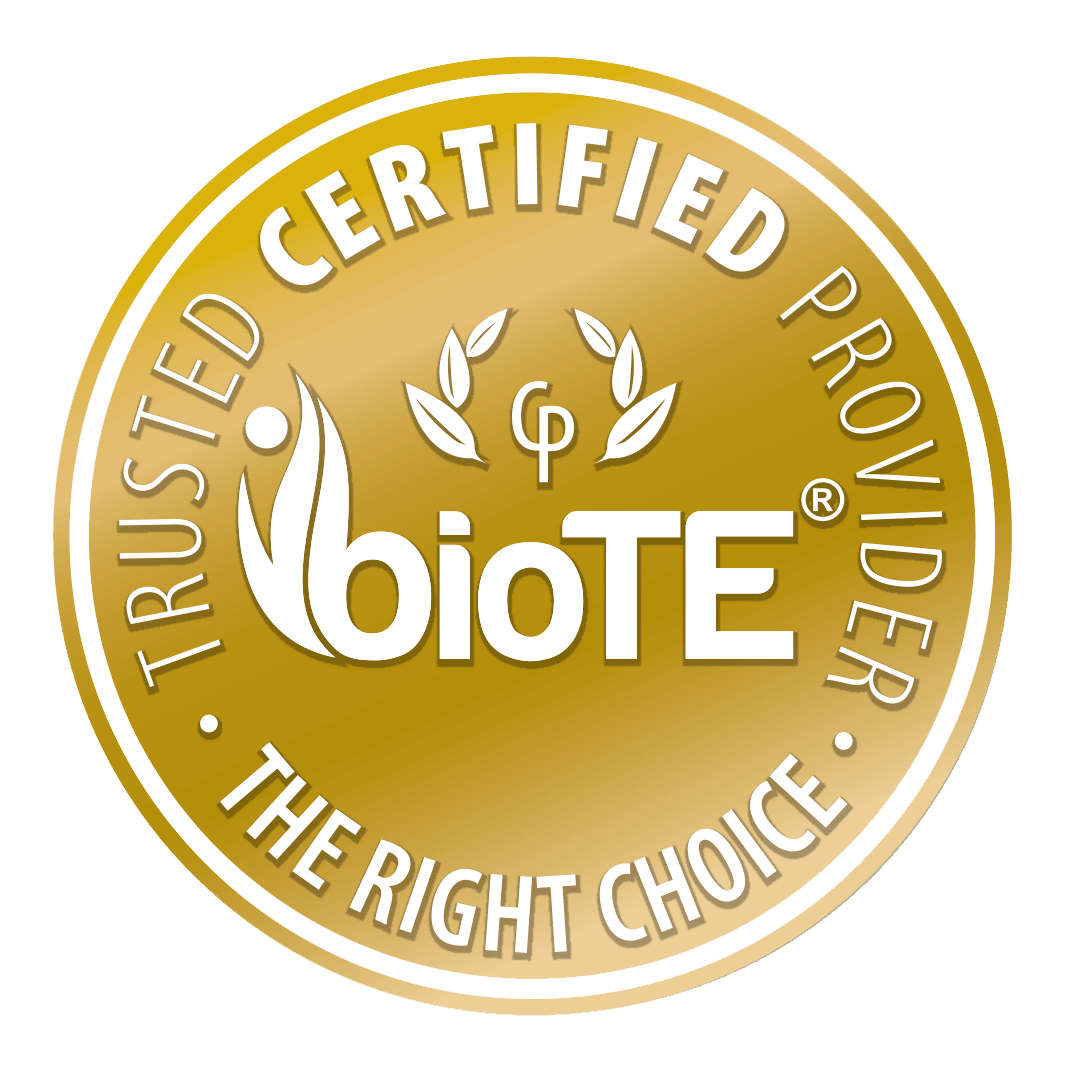What is Eyelid Surgery?
As we age, the skin of our upper or lower eyelids can begin to relax and sag, and can even impair our vision. Bags and wrinkles may also begin to appear, and excess fat deposits under the eyes can create a puffy appearance. Blepharoplasty, eyelid lift, or eyelid surgery is done to improve the appearance of the eyelids. The procedure removes excess skin and fat and results in a more youthful, rested, and less angry appearance. And with upper eyelid surgery, you can even improve your vision. It can also be combined with a brow lift for even greater results.
Who is a Candidate?
If you have excess skin obscuring the fold of your upper eyelids, have drooping eyelid skin that impairs your vision, have dark circles under your eyes, or have sagging skin that makes you look tired or sad, you may be a good candidate for upper or lower eyelid surgery. Since we all age differently and have individual anatomic differences, no right or wrong age is associated with this surgery. Scheduling a consultation with Dr. Sweat is the first step to determining candidacy.
The Procedure
Eyelid surgery can be done on both the upper and lower eyelids. Incisions are placed in the natural crease of the upper lids for upper blepharoplasty eyelid surgery or along the lash line of the lower eyelid for a lower blepharoplasty procedure, so scarring is hidden when healing is complete. Dr. Swear will tighten muscles, remove excess fat, remove excess skin, and create a more youthful, alert appearance. To learn more about the different types of eyelid surgery, visit our upper eyelid surgery page, and our lower eyelid surgery page.
The Results
Following eyelid surgery, you may experience light sensitivity and tearing or even dry eyes while the lids are swollen and not functioning correctly in the early postoperative period. Eyelids may be puffy and feel numb, and swelling and bruising are common. Ice packs or bags of small frozen vegetables placed around the eyes can help to reduce swelling and are recommended intermittently for the first 48 hours after surgery. You’ll also want to not wear contact lenses for about 10 days. While pain is usually minimal, pain medication can help to reduce any discomfort. Any stitches will be removed after about four to seven days. Following Dr. Sweat’s post-op instructions can help to ensure a safe recovery.



























